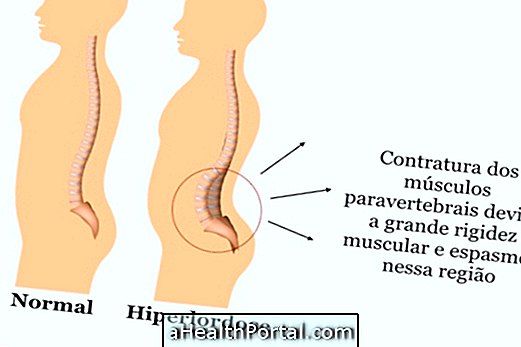Aicardi syndrome is a rare genetic disease characterized by the partial or total absence of the corpus callosum, an important part of the brain that connects the two cerebral hemispheres, convulsions and problems in the retina.
The cause of Aicardi Syndrome is related to genetic alteration in the X chromosome and, therefore, this disease mainly affects women. In men the disease may occur in patients with Klinefelter Syndrome because they have an extra X chromosome, which can cause death in the first months of life.
The Aicardi syndrome has no cure and life expectancy is reduced, with cases in which patients do not reach adolescence.
Symptoms of Aicardi Syndrome
The symptoms of Aicardi Syndrome can be:
- Convulsions;
- Mental retardation;
- Delay in motor development;
- Injuries to the retina of the eye;
- Malformations of the spine, such as: spina bifida, cast vertebrae or scoliosis;
- Difficulties in communicating;
- Microphthalmia resulting from small eye size or even absence.
The seizures in children with this syndrome are characterized by rapid muscle contractions, hyperextension of the head, flexion or extension of the trunk and arms, which occur several times a day from the first year of life.
The diagnosis of Aicardi Syndrome is made according to the characteristics presented by the children and neuroimaging tests, such as magnetic resonance or electroencephalogram, that allow to identify the problems in the brain.
Treatment of Aicardi Syndrome
Treatment of Aicardi Syndrome does not cure the disease, but it helps to decrease symptoms and improves patients' quality of life.
To treat seizures it is recommended to take anticonvulsant medicines such as carbamazepine or valproate. Neurological physiotherapy or psychomotor stimulation can be helpful in improving seizures.
Most patients, even with treatment, end up dying before age 6, usually due to respiratory complications. Survival over 18 years is rare in this disease.
Useful links:
- Apert Syndrome
- West Syndrome
- Alport's Syndrome

















